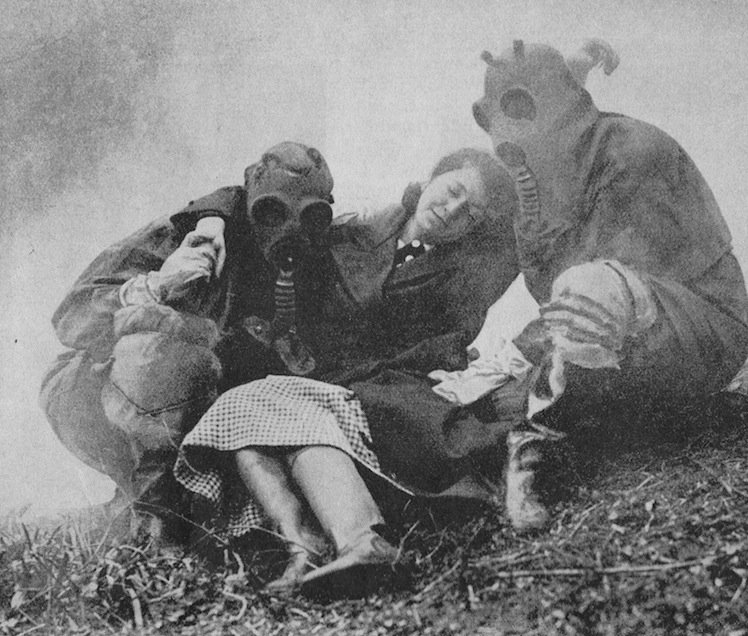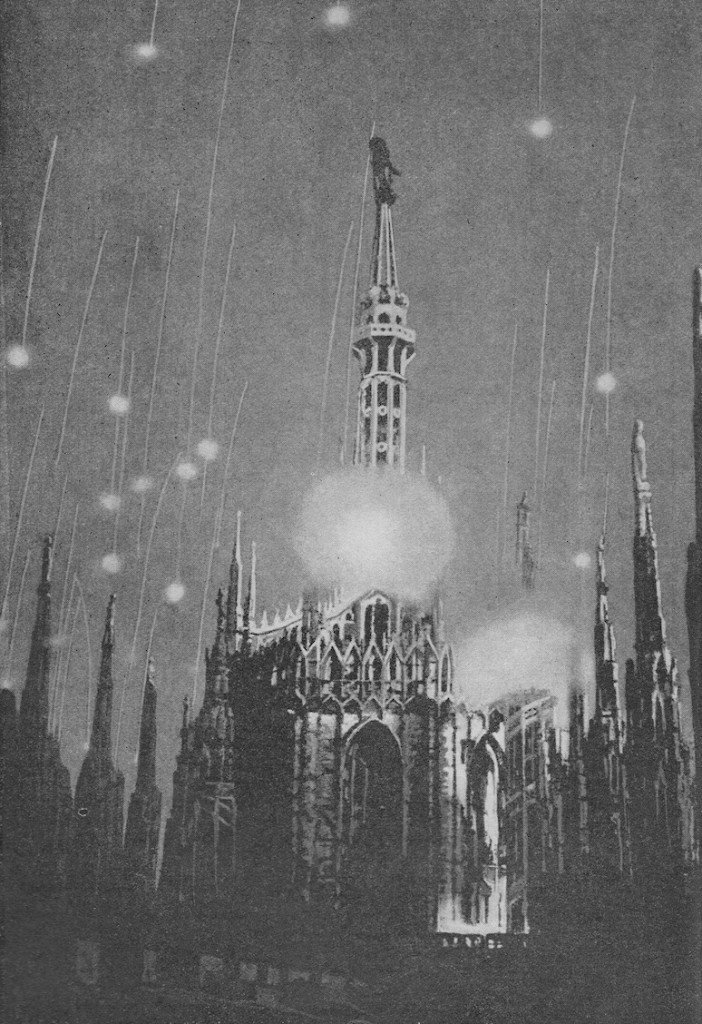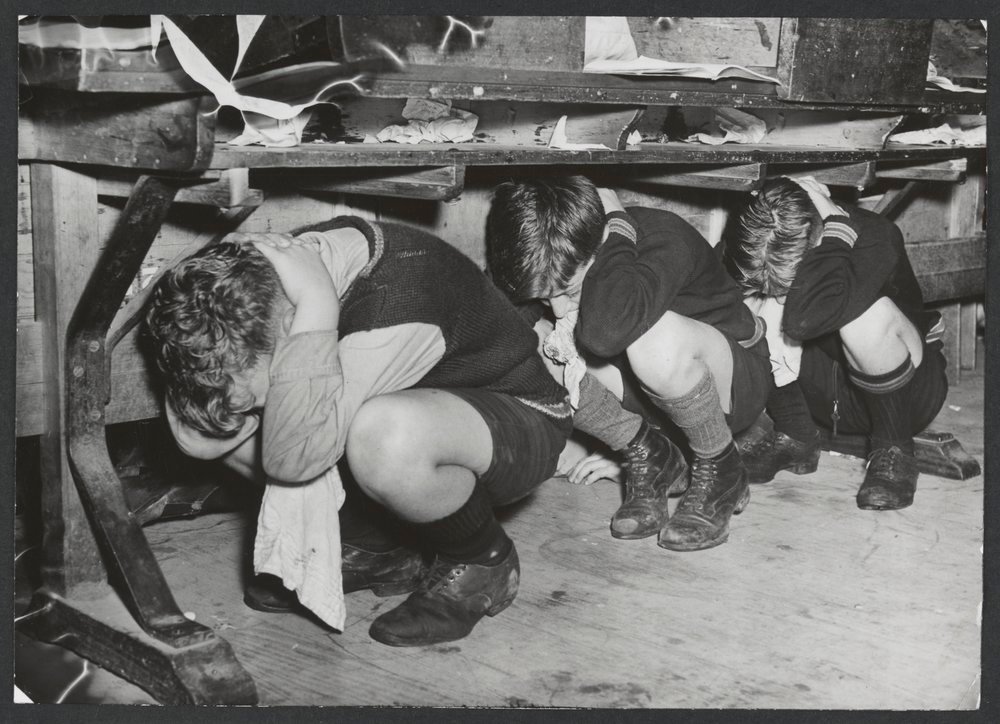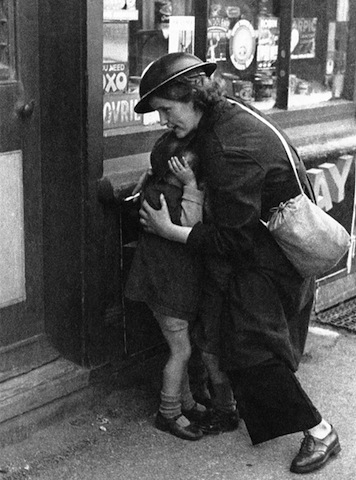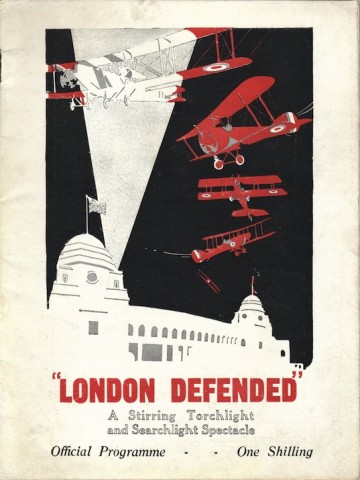New horrors of air attack
SUCH THINGS WILL HAPPEN In April, 1935, a Kentish Voluntary Aid Detachment of the British Red Cross Society conducted an air raid rehearsal. Here Red Cross men wearing box respirators and anti-gas clothing are rescuing a woman caught by gas in the open. With a heavy concentration of the deadly gases that modern chemists have […]


